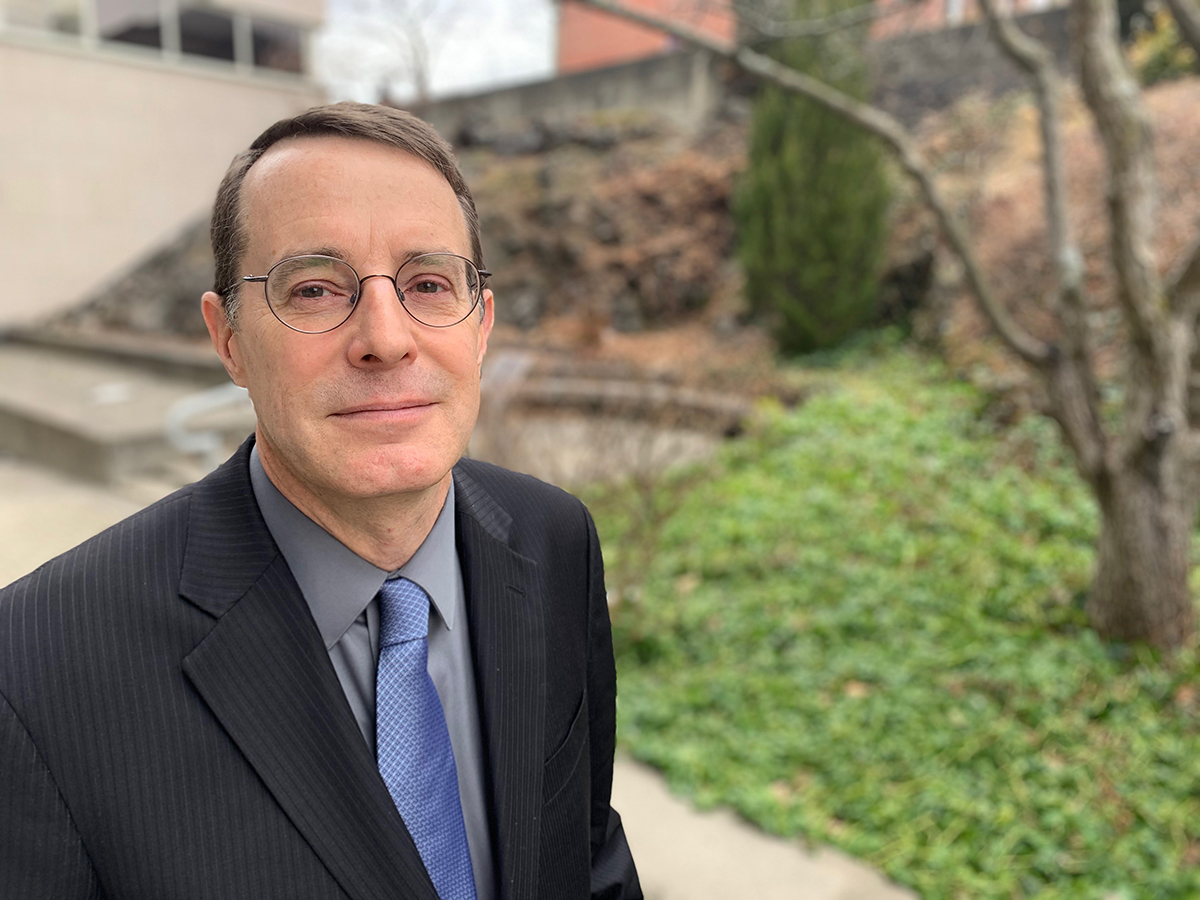Rensselaer Polytechnic Institute’s Center for Architecture Science and Ecology (CASE) has announced that architect and entrepreneur Dennis Shelden will be taking over as its director. The academic-industrial research and teaching alliance, focused on using technology to address concerns of “built ecology,” was founded in 2007, and is located across RPI’s main campus in Troy, New York, and in Industry City in Brooklyn.
Shelden will be departing his position as an associate professor at Georgia Tech, where he was also director of the Digital Building Laboratory and the School of Architecture’s doctoral program. Previously he held other academic appointments, and worked with Frank Gehry and Gehry Partners for many years before serving as CTO of Gehry Technologies, which was later acquired by Trimble.
AN spoke with Shelden to find out more about the future of CASE and how technology and climate change are reshaping not only how and what architects design and build, but how the industry functions.
Drew Zeiba: What are some of the biggest challenges you think architects and others working in the built environment face going into this new decade?
Dennis Shelden: I believe the building industries are entering a period of disruptive transformation similar to those seen by other industries in the 21st century. These changes will impact the “products” of building—the physical buildings themselves—as well as the delivery processes, including the erosion the identified boundaries between the distinct building professions.
What do these changes mean for architects in light of the climate crisis?
These changes are coming at an urgent time for the built environment, in that so many aspects of [the] climate crisis are either the product of building (such as carbon release, and habitat destruction), or have existential impacts on built systems (rising sea levels, drought, weather). Responses to environmental challenges are not “just” something that building professionals should respond to from an ethical perspective, they are becoming critical drivers of requirements either by legislation or risk response from clients.
The challenge for the architectural discipline is, simply put, to rise to meet the opportunities in front of it. These include new opportunities to develop initiatives and take on opportunities in the built environment beyond the scope of architectural services, to generate innovations and to capitalize on the value of new ideas, and to rethink the products we produce and what a building is.
The issue is that architecture as a discipline and a culture has been quite self-limiting and defines itself by what it isn’t (a contractor, and owner, an industrial designer) as much as by what it is. This self-limiting is potentially very risky, as business models for the built environment evolve and as others, such as manufacturers and tech companies, start entering the building industry and capturing pieces of the value chain that have traditionally been architectural services. So in order to meet the challenges and capitalize on the opportunities happening in the built environment, architecture is going to have to rethink what it is, and embrace a much more expansive and heterogeneous definition of practice.

What new technologies are you most compelled by or excited for? And what does this mean for CASE?
There are a number of interrelated technological advances available to designers. These include the web and cloud computing, data analytics, and environmental sensors, coupled with the sort of automated generative design capabilities from the last era, and in concert with mass production opportunities and access to capital. Together these create a wealth of opportunities to understand and act on transformative innovations in the built environment in the larger context—as integral parts of holistic urban systems and at across scales both larger and smaller than a single building.
This is the opportunity for CASE and the heart of its mission for its chapter: To drive systemic technological and ecological—as well as process and business—innovation in the building industries, in order to reassert the role of design and the built environment as engines for social change in wholly new ways.

You’ve worked in a traditional firm and in architectural technology. What role do you see research and R&D taking in architecture within and outside of the university environment?
My hope is that CASE can become a new kind of academic venture, with far more direct models of engagement with both the building and tech industries. I think there is a need for not-for-profit centers for innovation that competitive private ventures can’t deliver. And certainly the education of students and development of talent is a key part of what academia offers. But there are a lot of potential new models to consider—from lifelong professional education and embedded research in practice to startup incubation. I am looking for CASE to be a model for exploring these possibilities in active collaboration with the remarkable building professional and tech as well as social, philanthropic, and business organizations in New York City.
What are going to be some of your first steps in this new position?
As a first couple of steps, we are developing new professional educational programs in design technology and technology practice leadership, and will be building out a new internship research in residence program where we can drive innovation onto projects together with partnering companies. We are thinking about new ways of leveraging the studio program as a way [of] connecting with building product, manufacturing, and software companies, as well as humanitarian organizations. And in May we will be hosting a symposium on disruptive technologies and organizational models that will relaunch CASE into the New York City community around this expanded agenda.
